My father told me that he had a difficult childhood with his friends in the poor countryside. It took a whole day to go from the village where he lived to the town. Going to the village school every day was not easy because most of the children had to follow their parents to fish, herd buffalo, glean rice, and plant potatoes. That was many years ago.
When the villagers finished harvesting the winter-spring rice crop, the weather became cold and then gradually cooled down, the yellow apricot blossoms bloomed, my father and my friends knew that spring had come, and Tet was coming. Actually, Tet in the poor countryside was no different from any other day. Perhaps the food tray was a little fuller, and the parents distributed more cakes and fruits. The idea of wearing new clothes and running around was just a dream, let alone giving lucky money to adults like in books.
But the desire to fully enjoy the spring atmosphere urged my father to make a bold decision. That was the 12-year-old child who researched and created a unicorn to celebrate spring with his friends and dance to wish everyone in the poor neighborhood a happy new year.
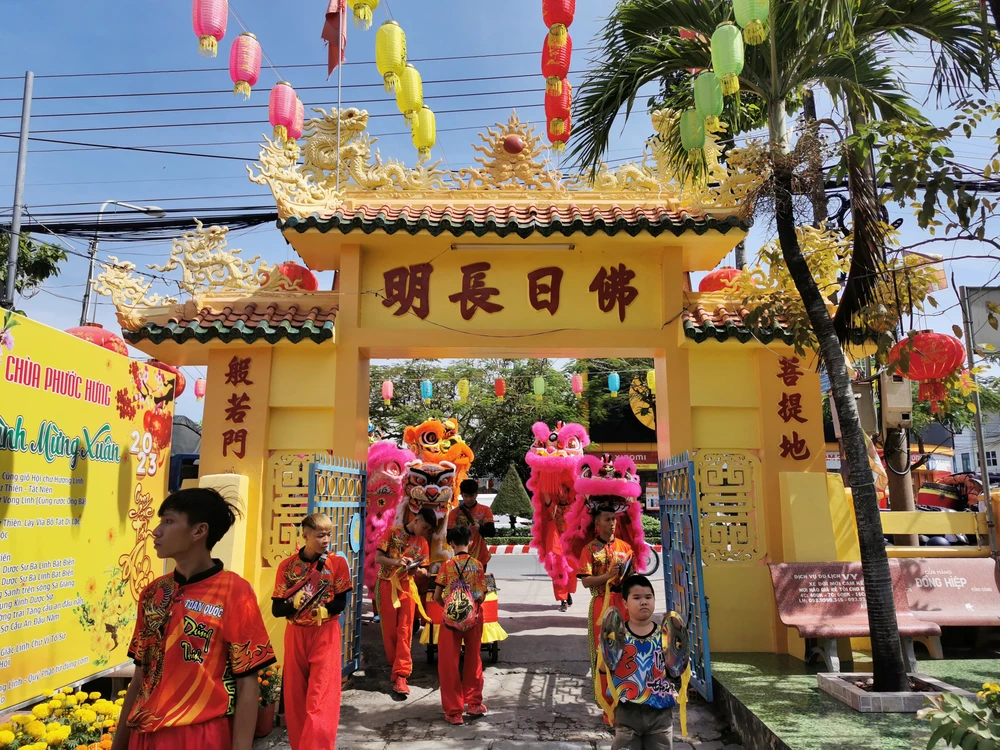
My father told me that before starting work, he went to see the teacher and asked to review the lion dance painting in his book. He memorized the details of the lion such as horns, eyes, beard, body, color, etc. to do it when he got home. The teacher knew my father's intention was to make a lion to celebrate Tet, he praised him and promised to help with the paintbrushes and color powder to decorate the work.
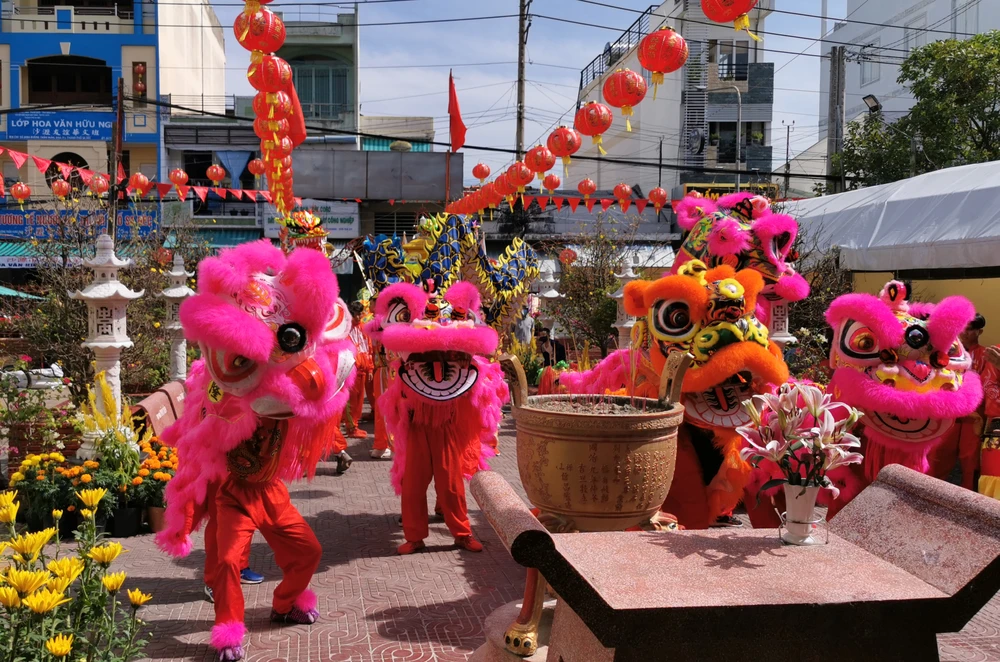
Back home, my father borrowed an aluminum basin about 80cm in diameter from his aunt to make the core of the lion's head, turned the basin upside down, used papier-mâché to stick around it, then cut out a mouth, used colored powder to draw the lion's beard on it, and drew big round eyes like in the pictures in the teacher's book. The lion must have horns to be majestic, my father found some long branches of the water mimosa, about the size of a child's wrist, with a curved shape, and peeled off the rough outer shell to reveal the white, spongy core inside. My father cut a piece, colored it, then used glue to stick it on the tray. So the lion had horns, beard, and eyes.
Next, my father borrowed from my grandmother a checkered scarf, a product of the Long Khanh - Hong Ngu - Dong Thap weaving village. My father tied the scarf to the lion's head. And so the lion took shape. He placed the basin on his head, held onto the rim of the basin with both hands, lifted it up and down, stepped forward and backward, and the lion looked very presentable. But the lion dance must have drums and cymbals to create the bustling atmosphere of spring. My father called out, and his friends brought a tin box and two pot lids to make small drums. The drumsticks were a pair of kitchen chopsticks decorated with two red cloth strings he had gotten from a seamstress in the neighborhood. And so began the journey of the lion dance on New Year's Day.
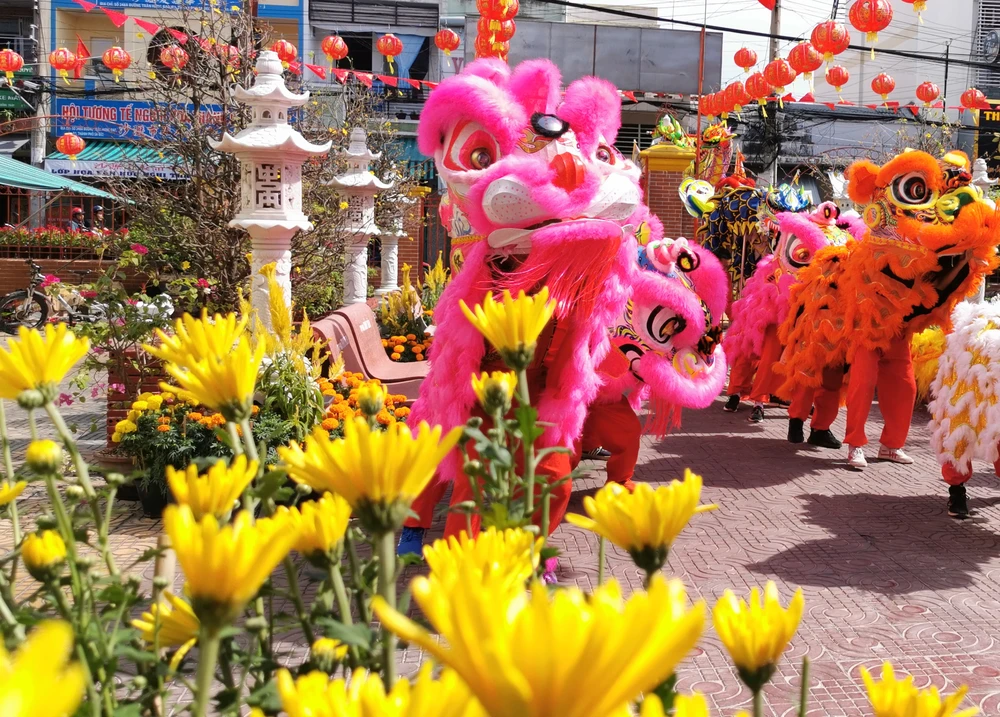
The first three days of spring, my father and his friends eagerly and passionately carried the lion around the neighborhood, dancing from house to house. The lion also knew how to stand, defend, bow to the host, and jump high to receive gifts hanging on the bamboo tree in front of the gate... Only when they were tired would they exchange them with their friends. The gifts from the neighbors were only cakes, candies, and occasionally a few coins, but the lion team was very happy. My father's friends fought for the lion's head position, few people were willing to take the body position because they had to bend their backs, got tired quickly, and... could not show off to the audience.
The three days of Tet quickly passed, the lion completed its mission, tattered from too many dances. The tin bucket was dented, the chopsticks were broken, and only one of the lids was left intact, but no one was scolded.
In the following years, my father made more improvements. He made lion heads from cardboard boxes he collected. The materials were more diverse, the drawings were more vivid. The neighbors praised him a lot.
Then the war spread to the countryside, people looked for safer places to live. My father grew up, followed his relatives to the province to study. The joy of lion dance on Tet holiday was no more...
Later, when we had a family and life was better, my father bought us beautiful lion heads to enjoy during the spring.
Dad confided that even though the unicorns he buys for his children and grandchildren today are more beautiful, more durable, and come with musical instruments, he will never forget the unicorns and their friends from the old days of poverty and hardship in the countryside.
Seeing my father pensively recalling the Tet holidays of his childhood, I sympathized with his feelings. Now, life is better, the New Year lion dances are made more elaborately, the lion dance teams practice more systematically, attract more viewers, some teams even compete and perform abroad, with great success.
The old Tet holidays are always my father's memories and love.
NGUYEN HUU NHAN
Ward 2, Sa Dec City, Dong Thap
Source





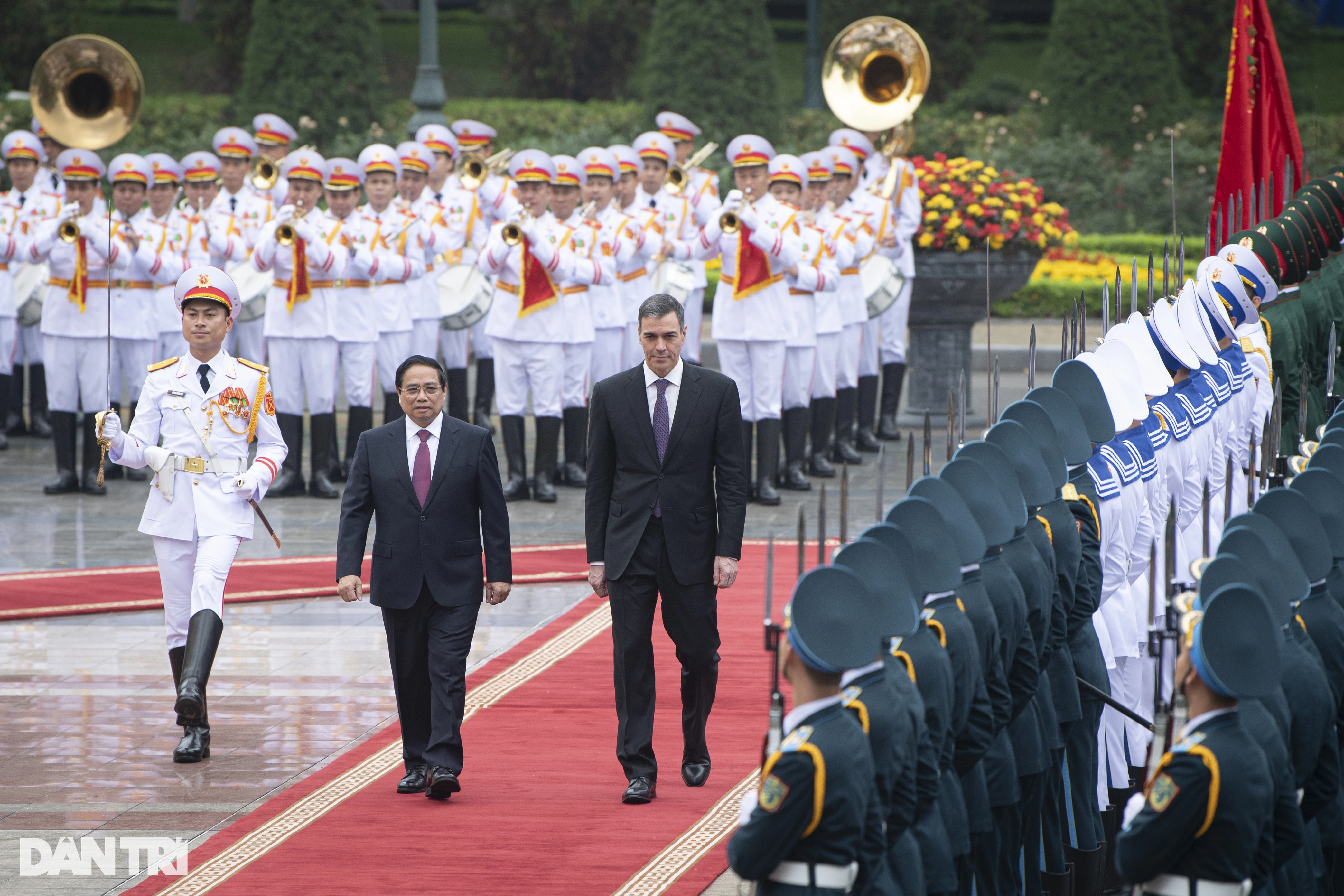


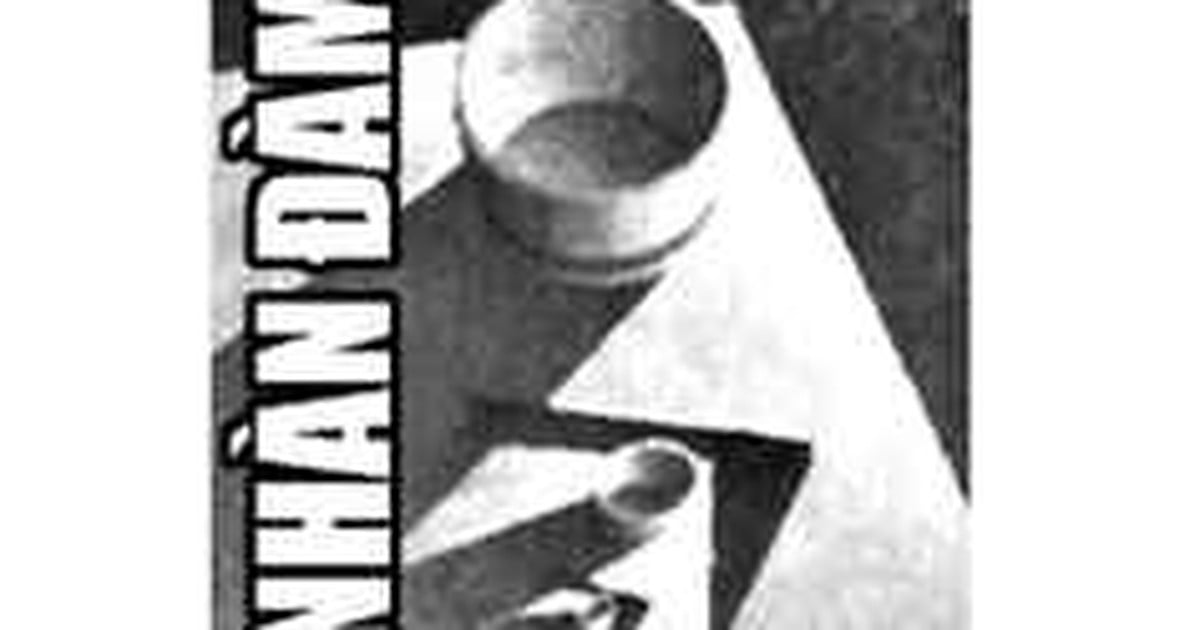

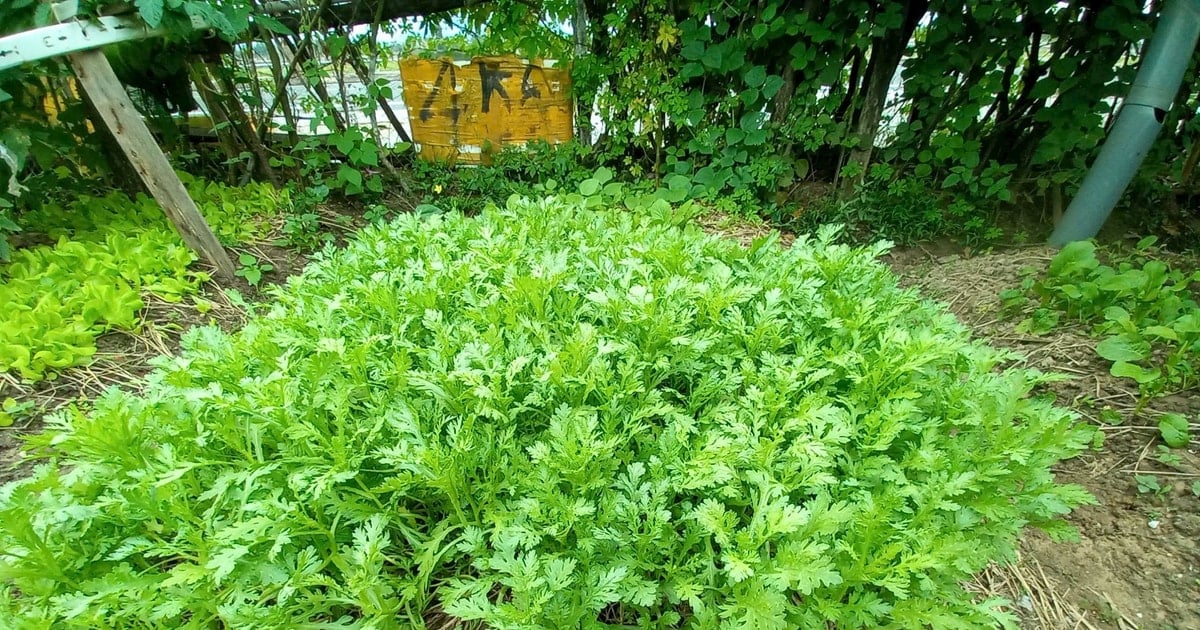

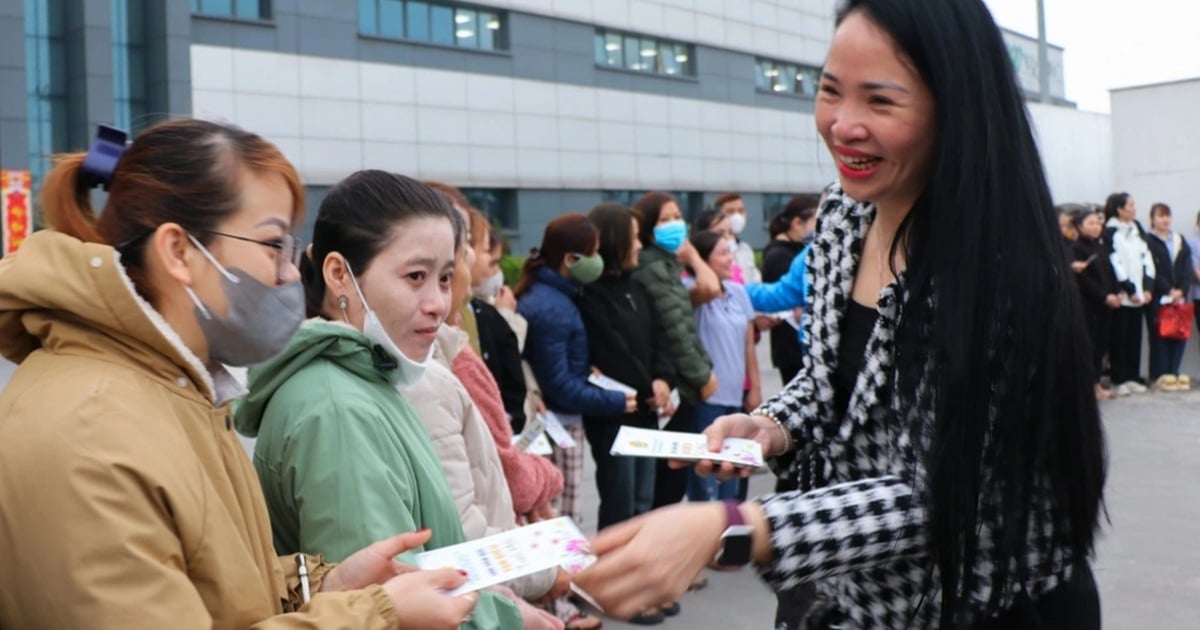

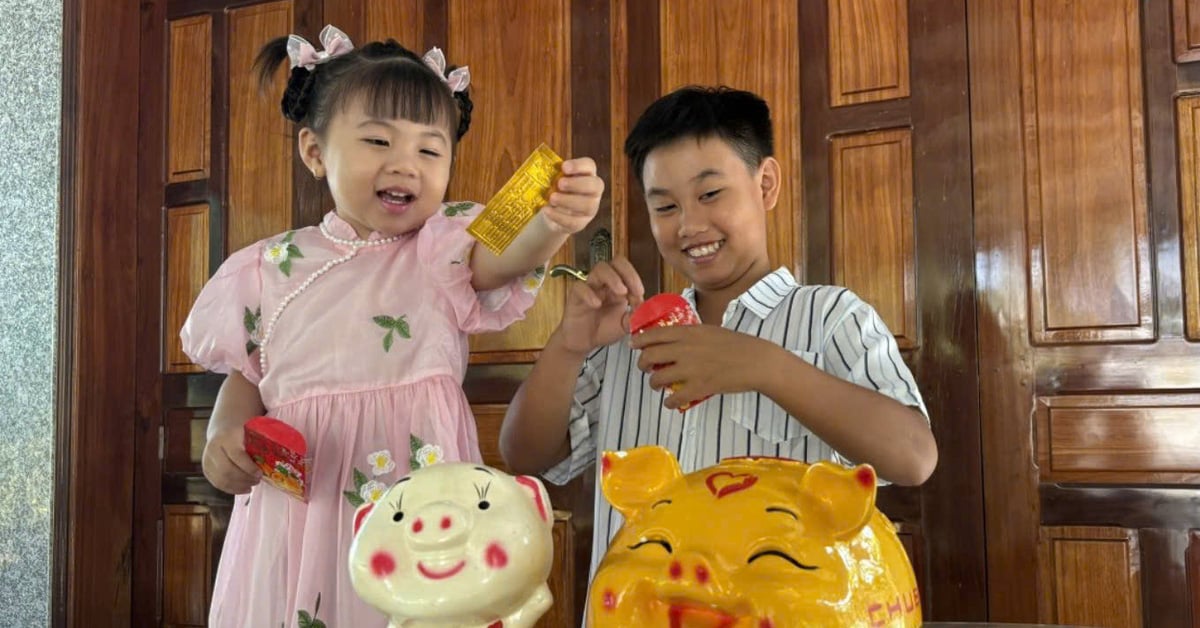

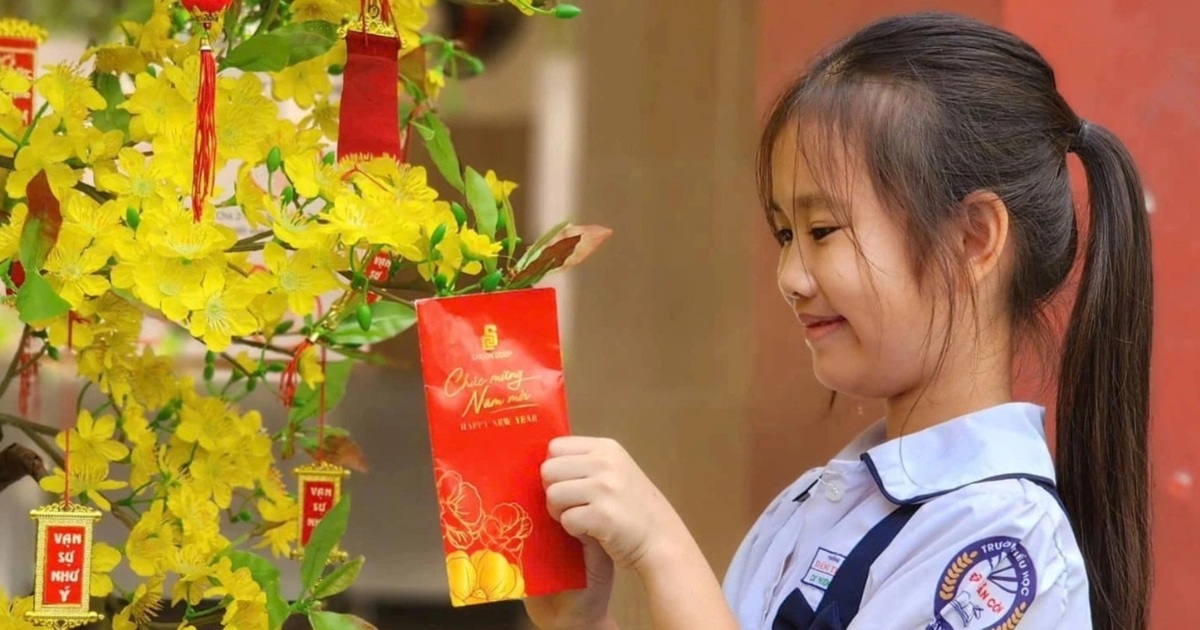
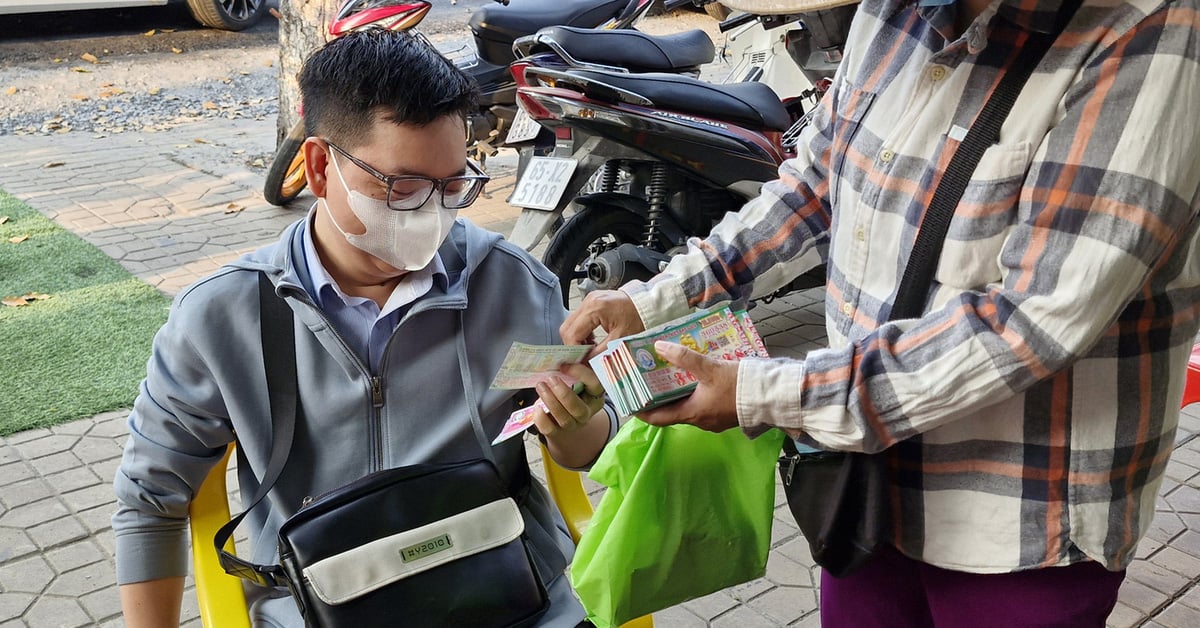
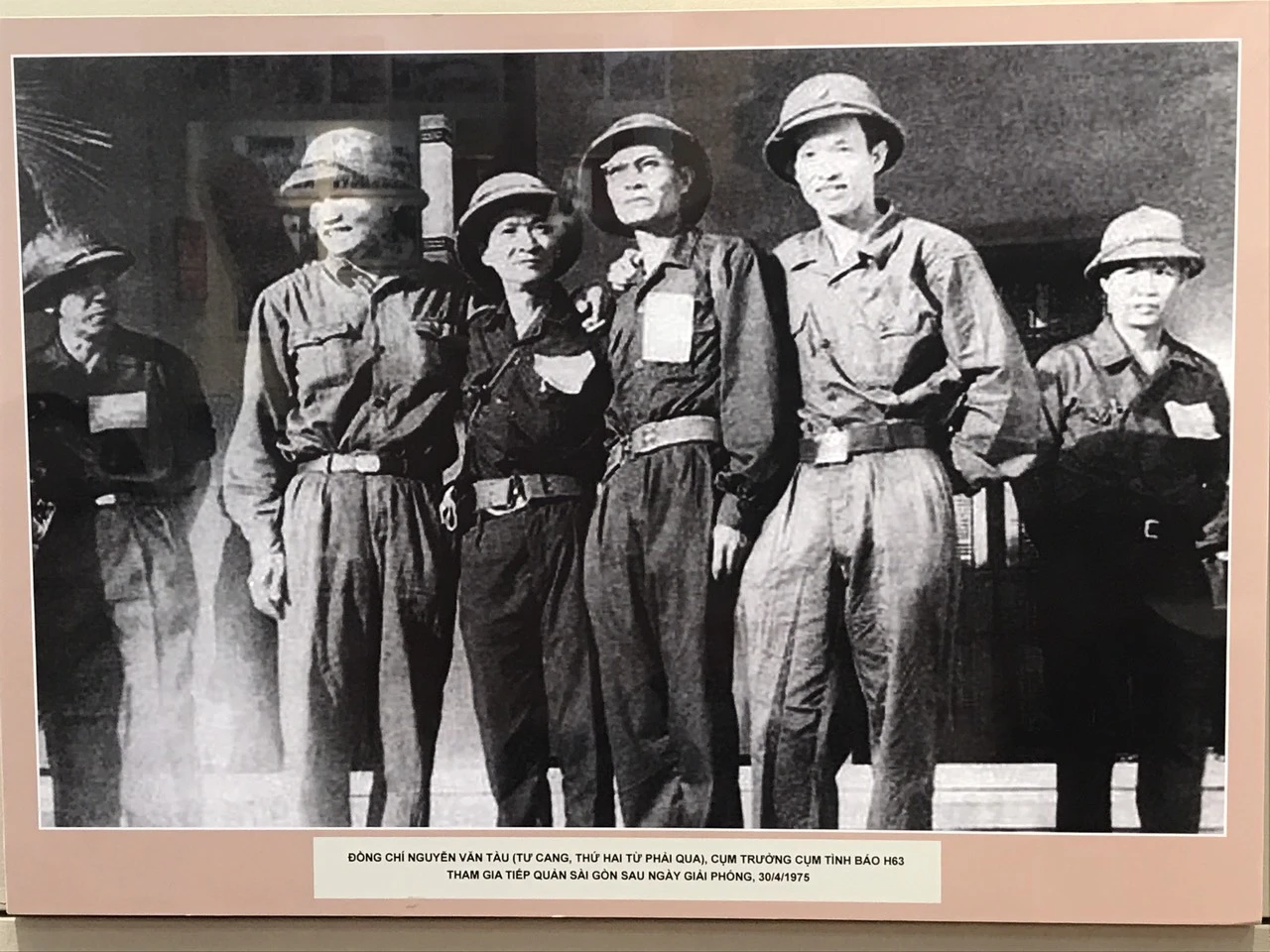
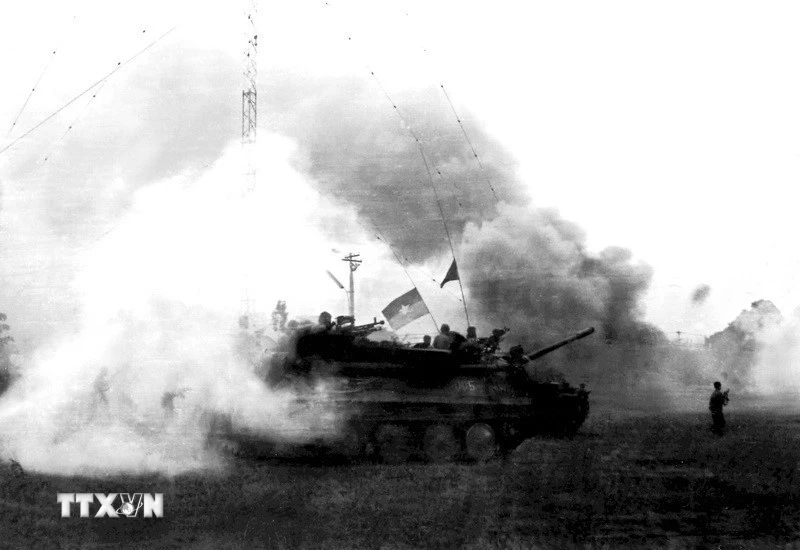
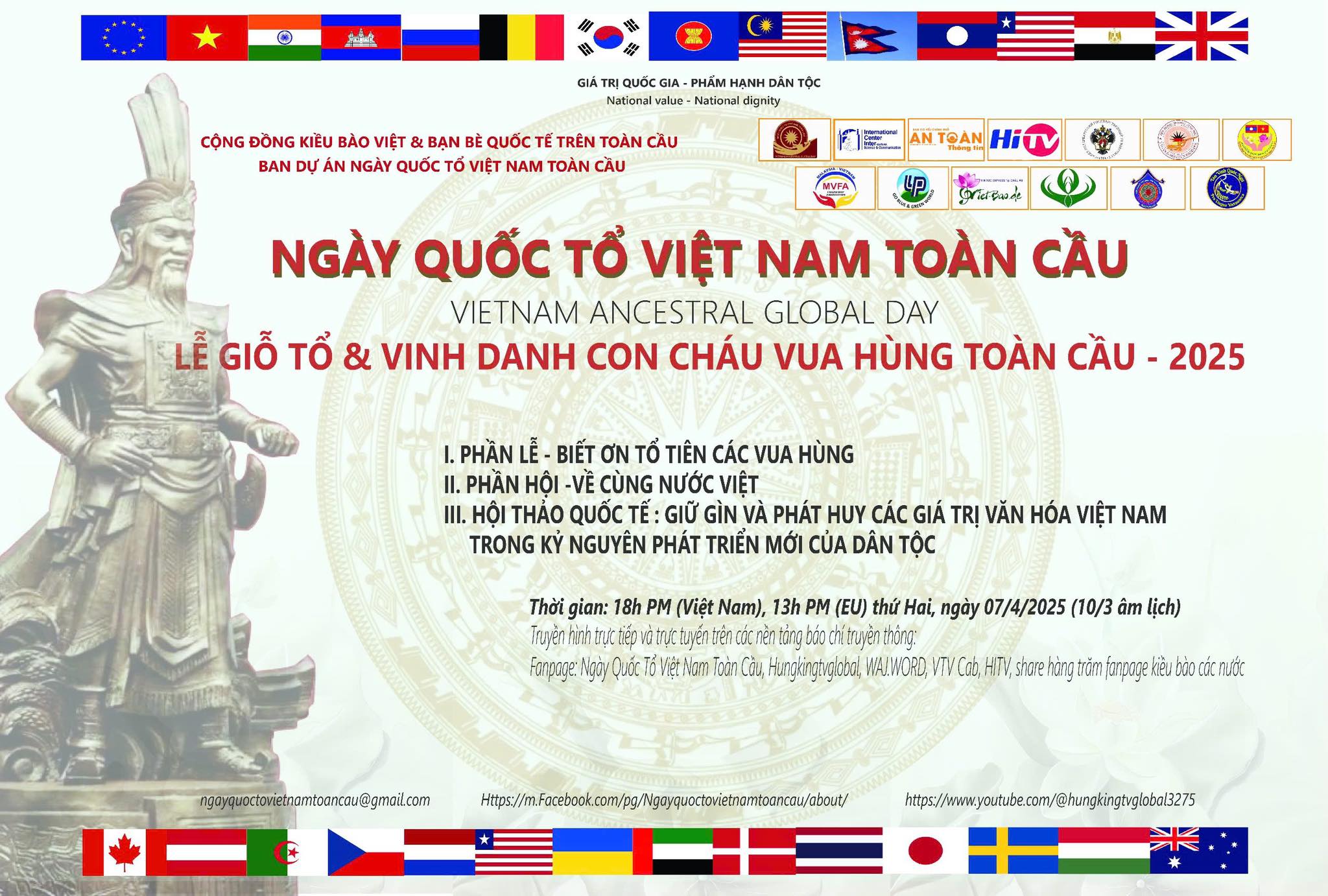
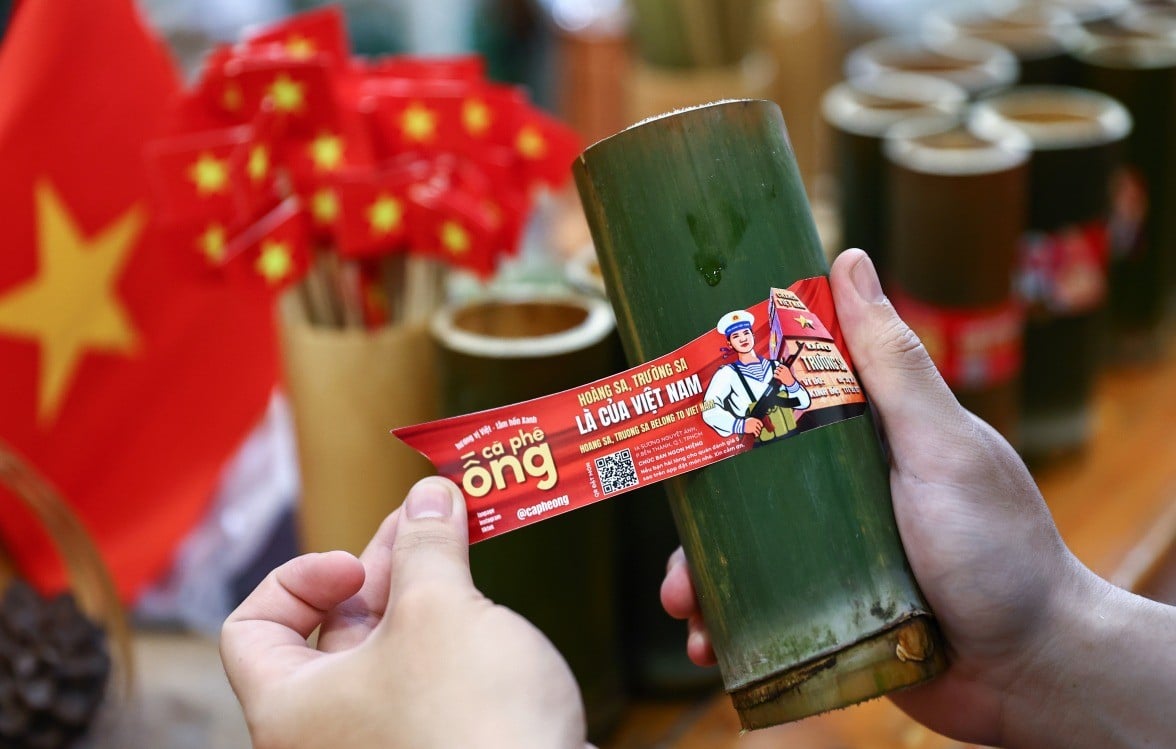




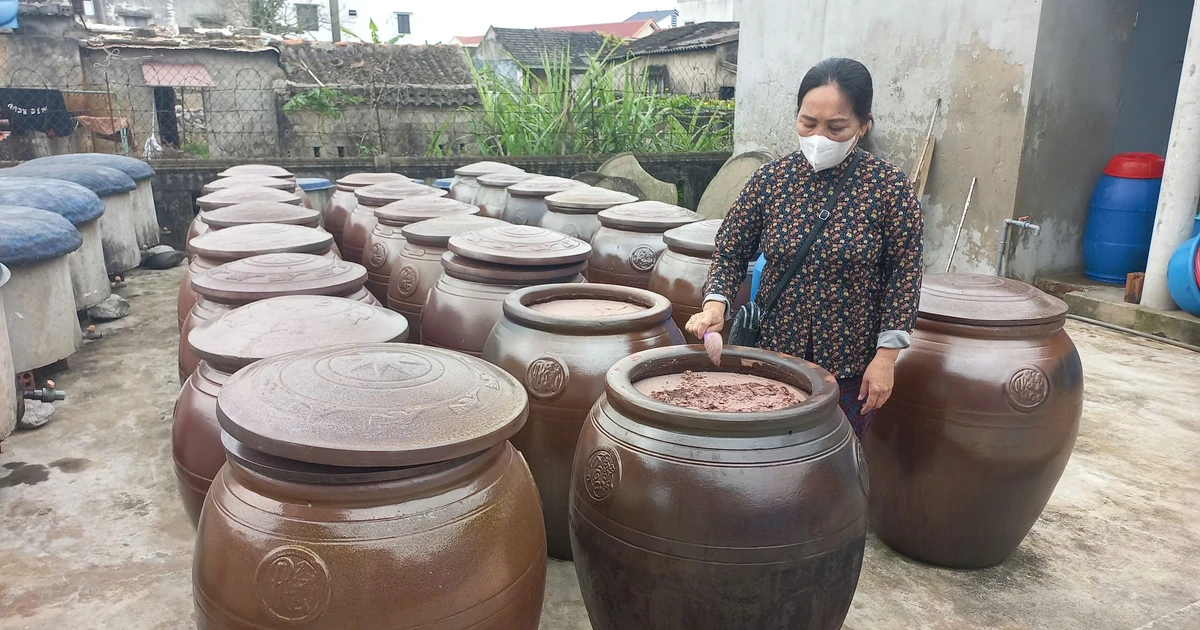


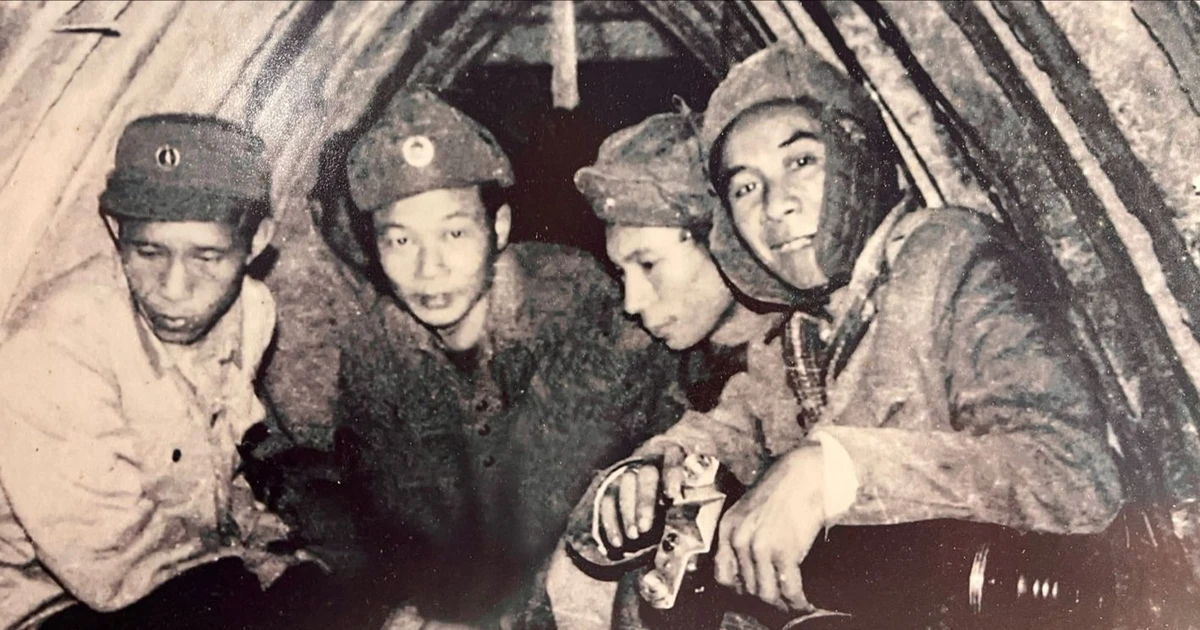
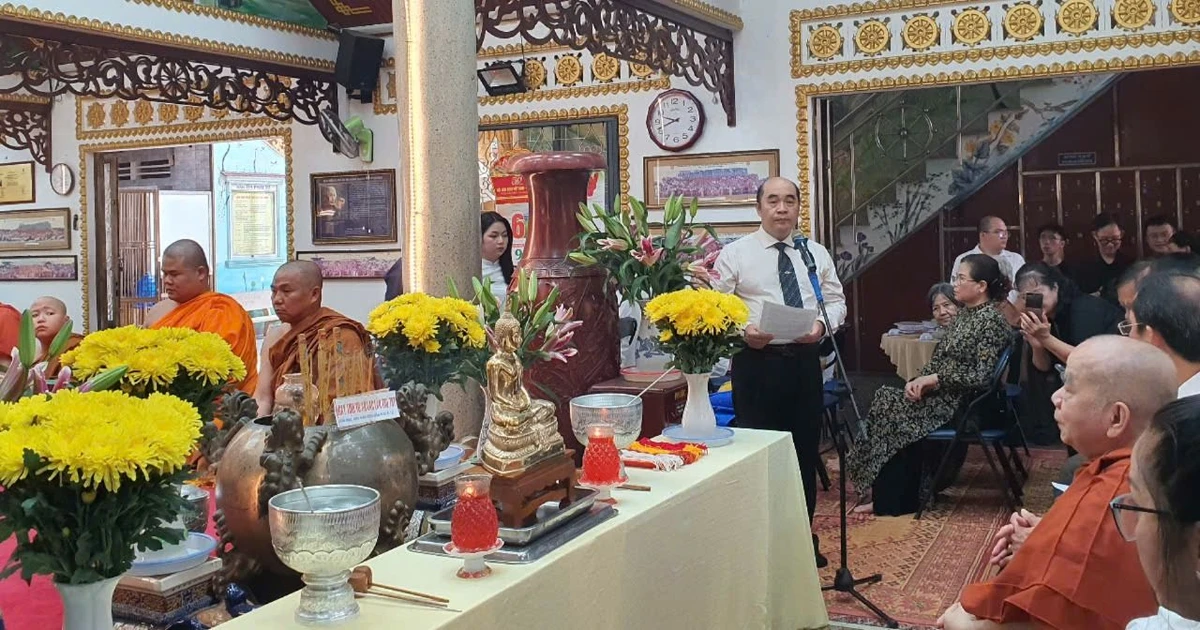
![[Photo] Visiting Cu Chi Tunnels - a heroic underground feat](https://vstatic.vietnam.vn/vietnam/resource/IMAGE/2025/4/8/06cb489403514b878768dd7262daba0b)



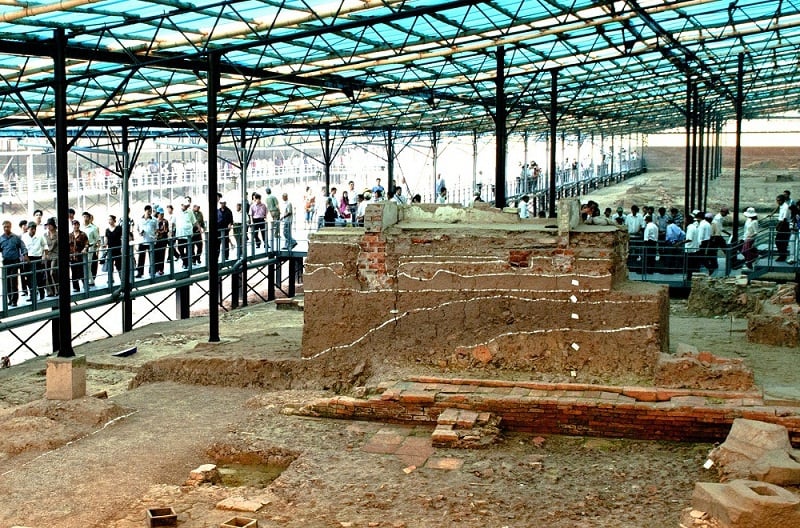

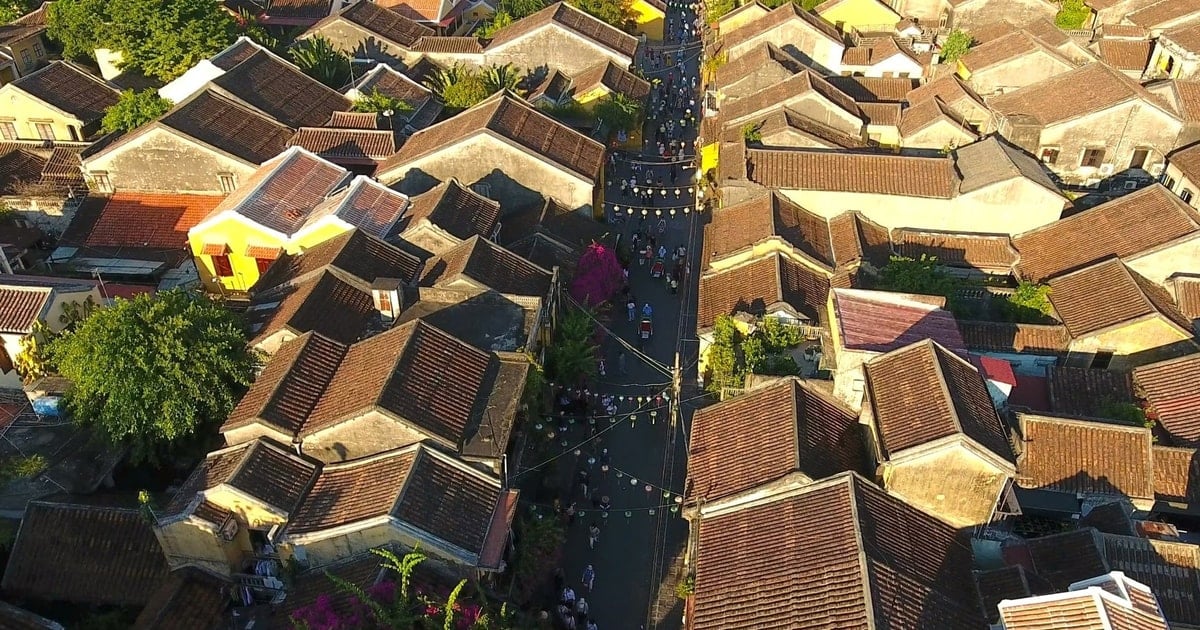
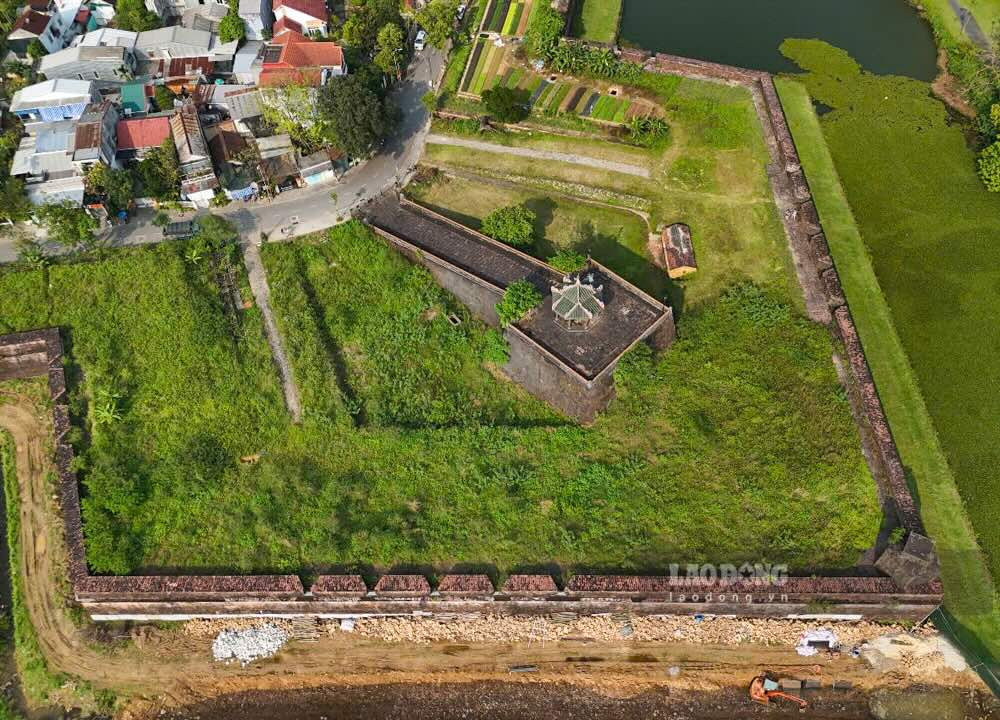

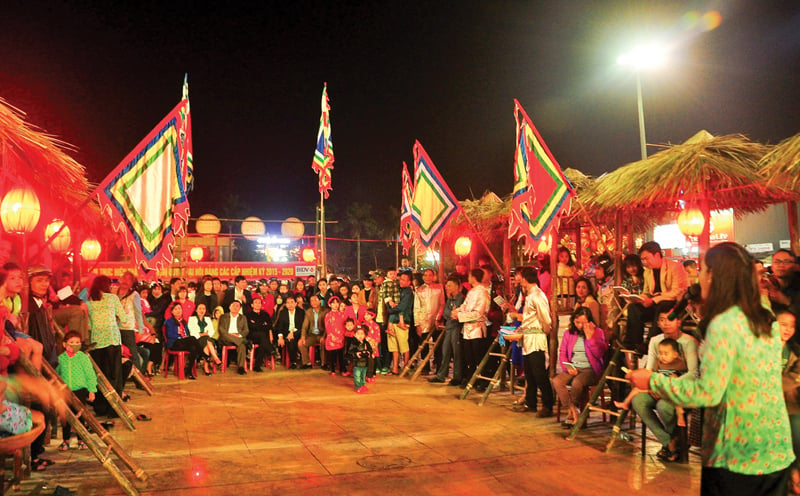

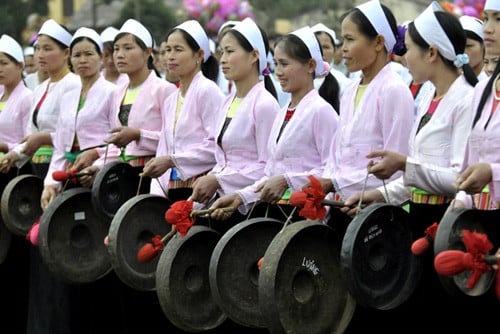

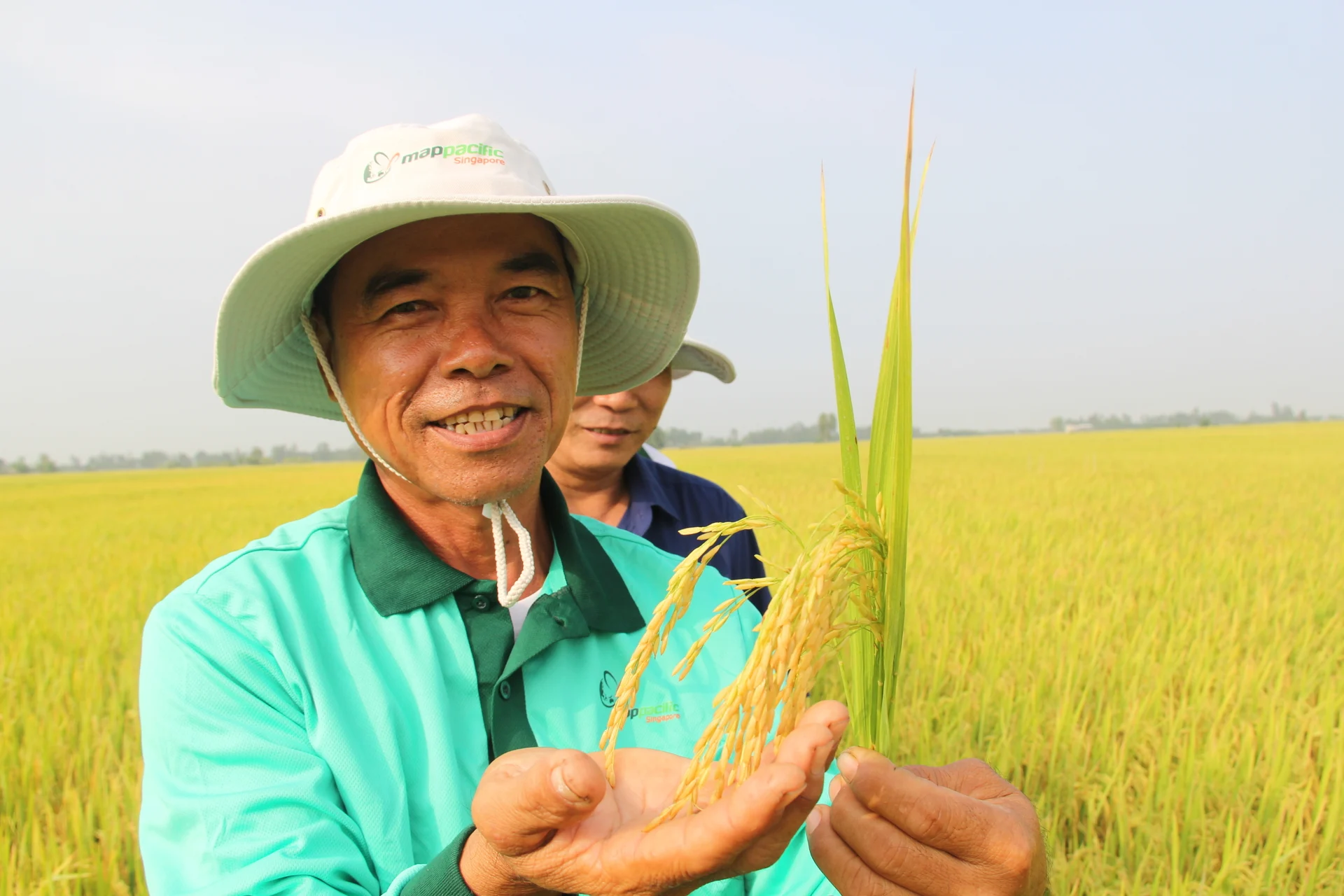

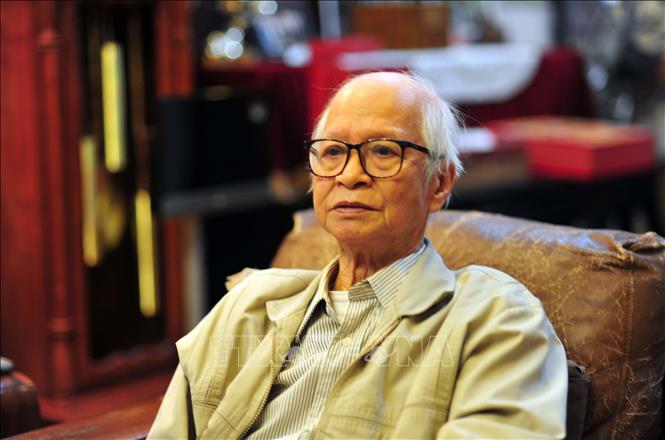


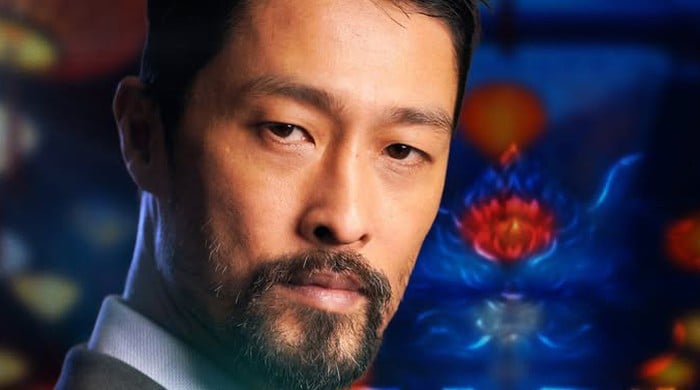
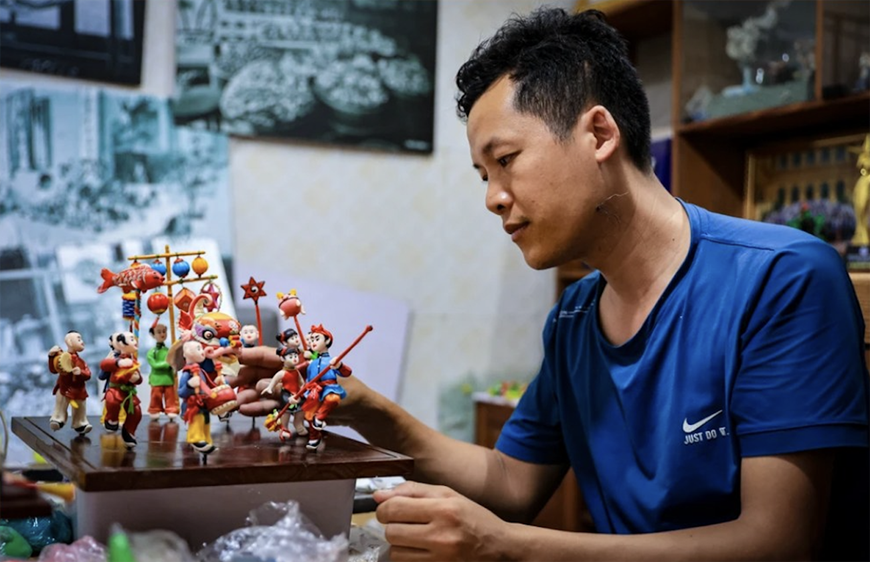

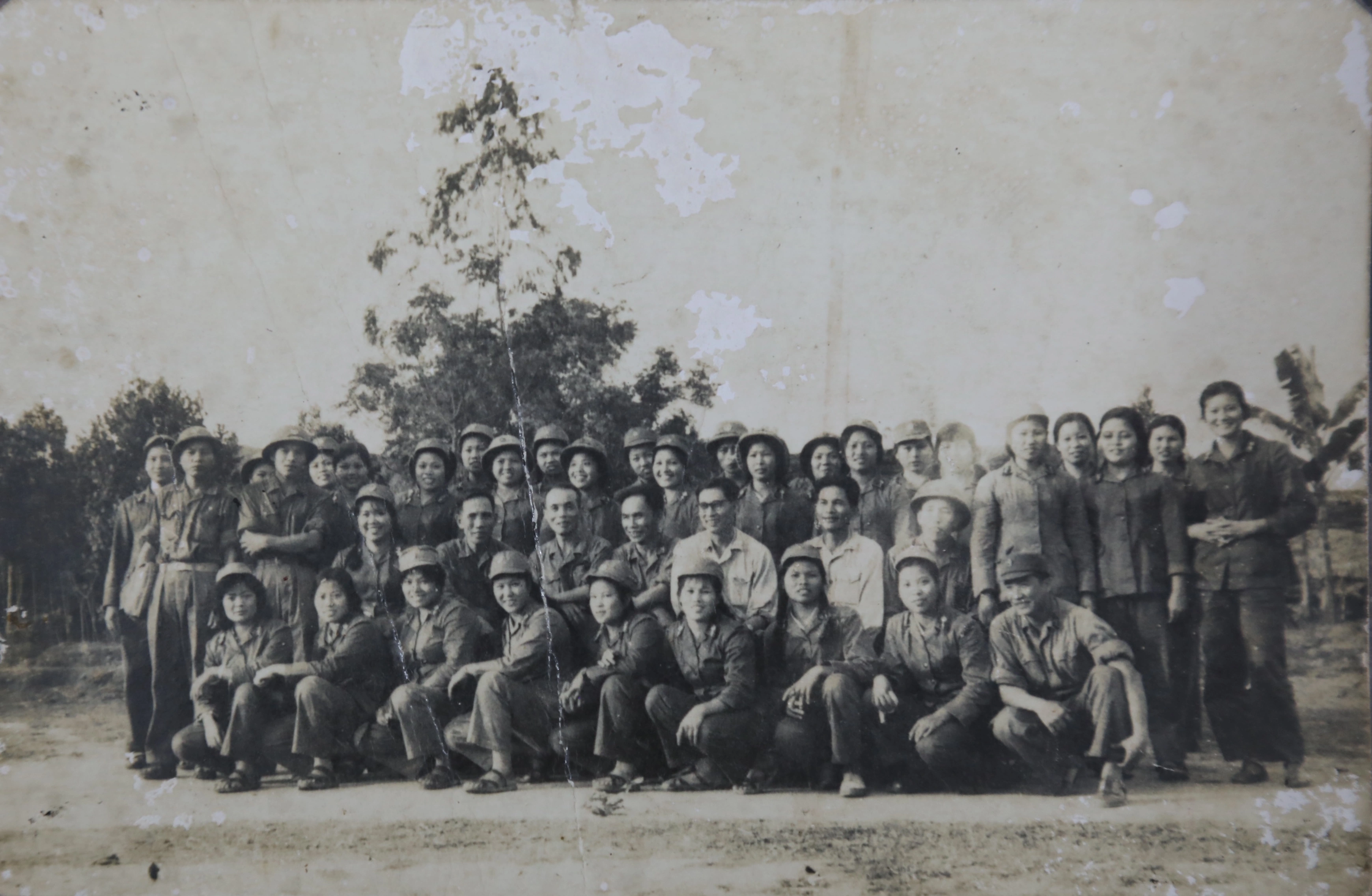


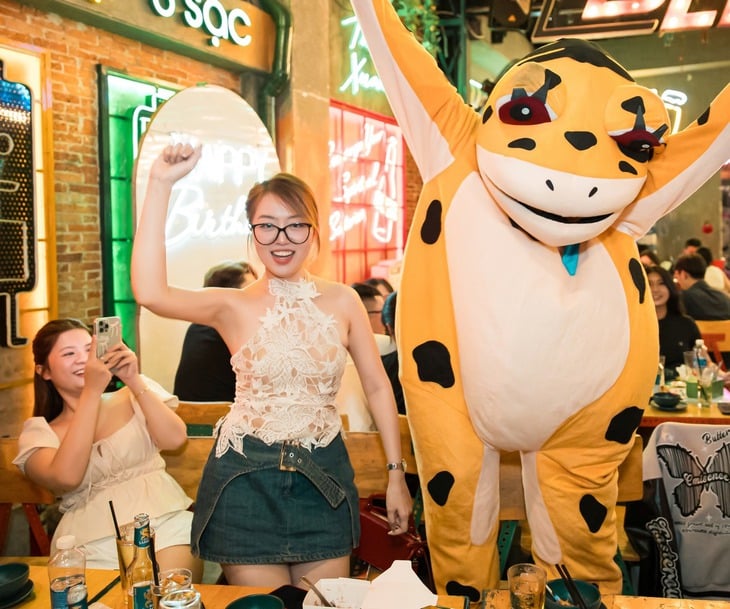


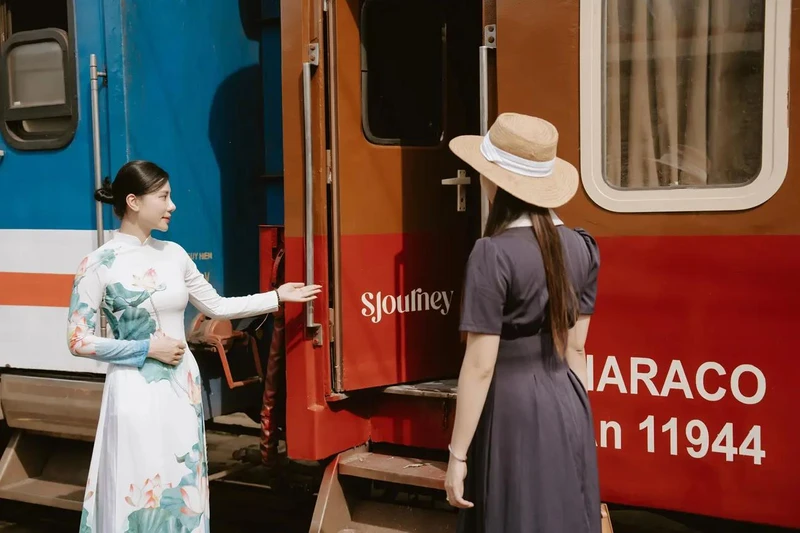

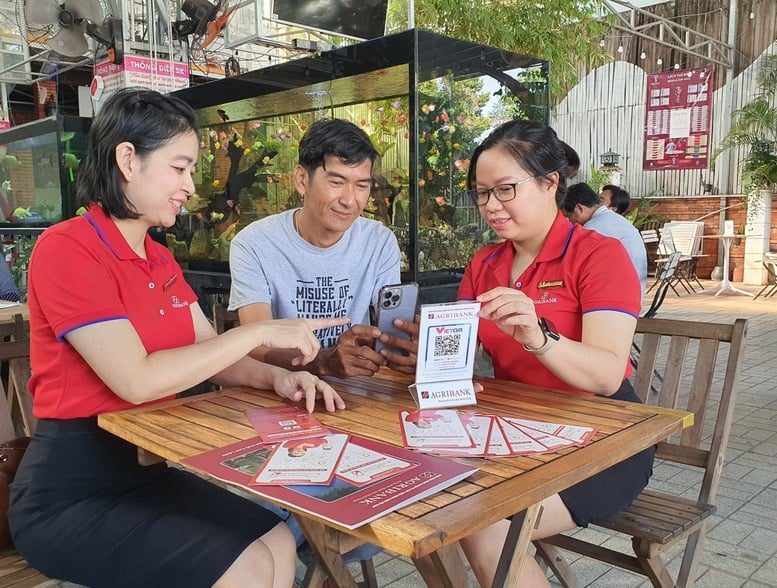


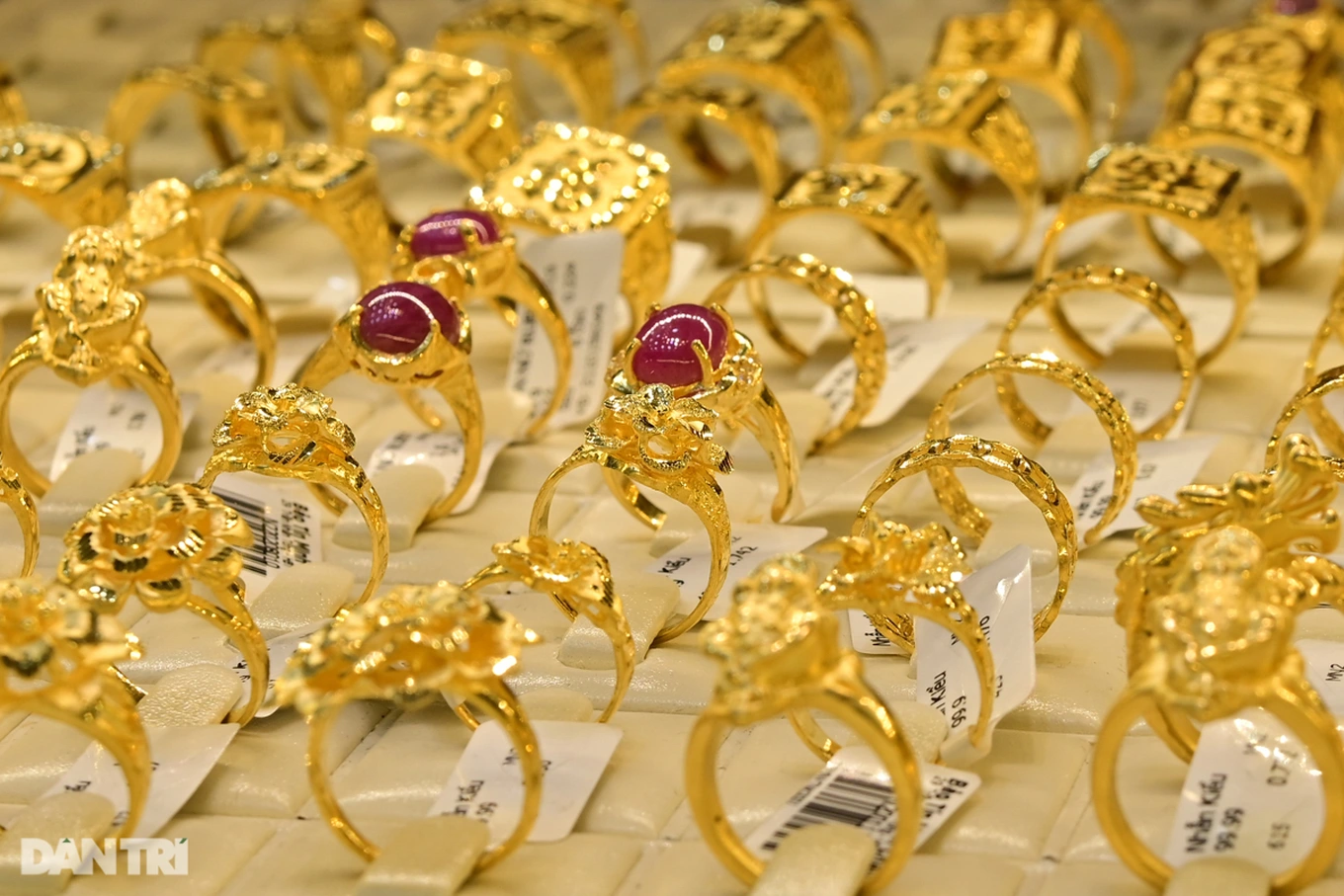

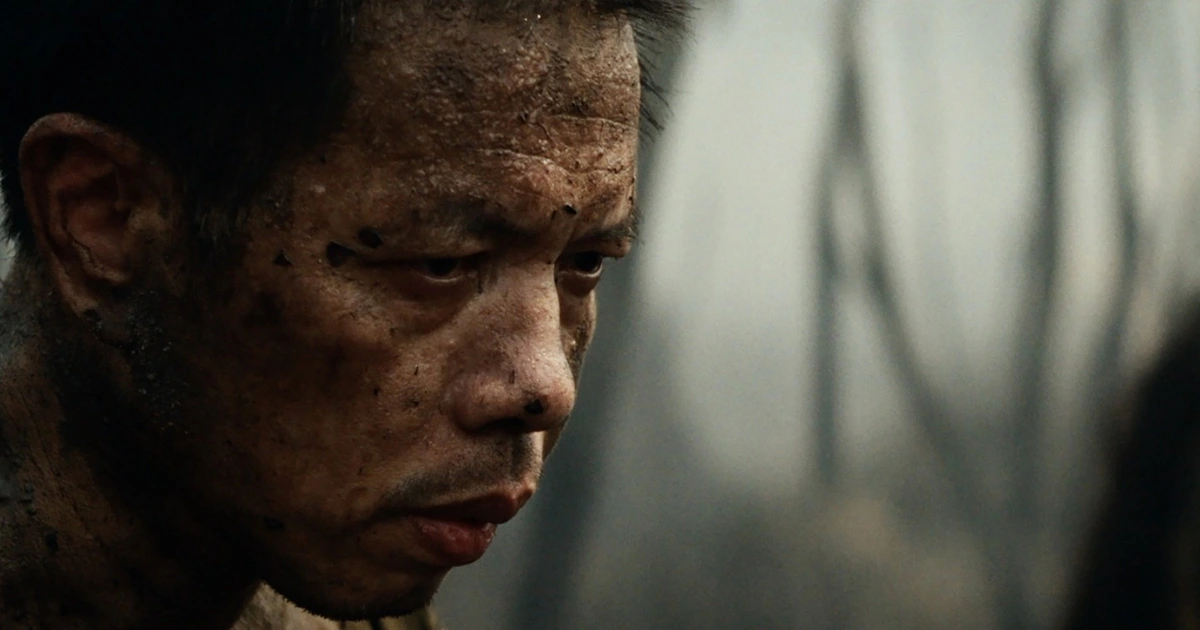




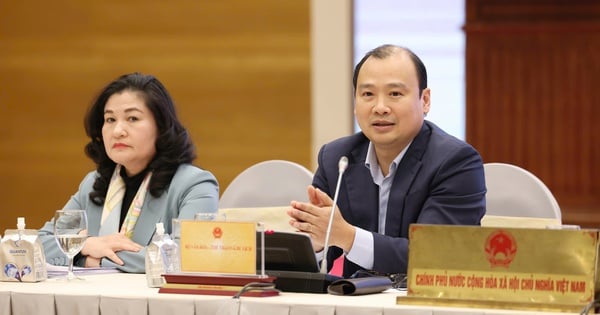















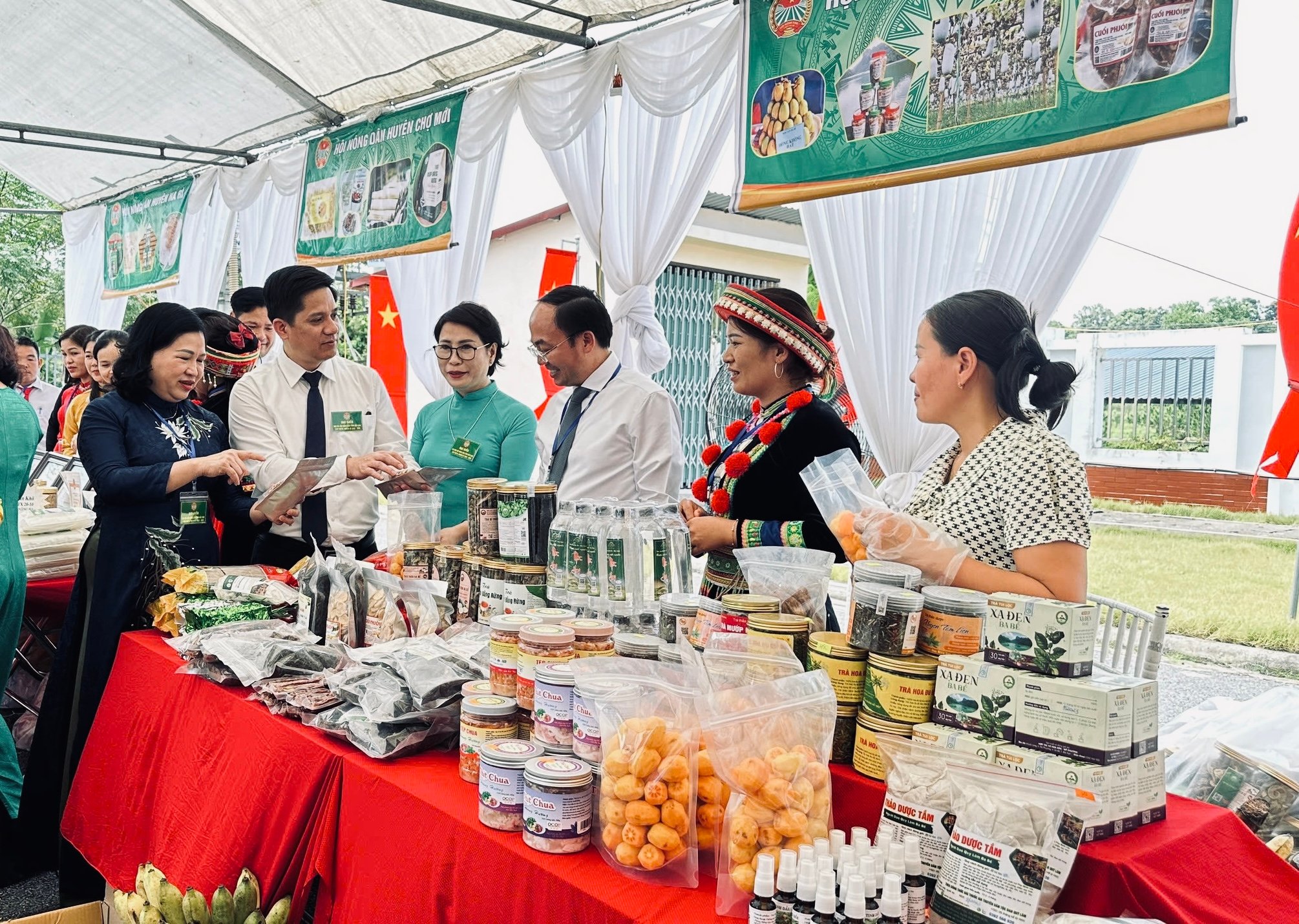


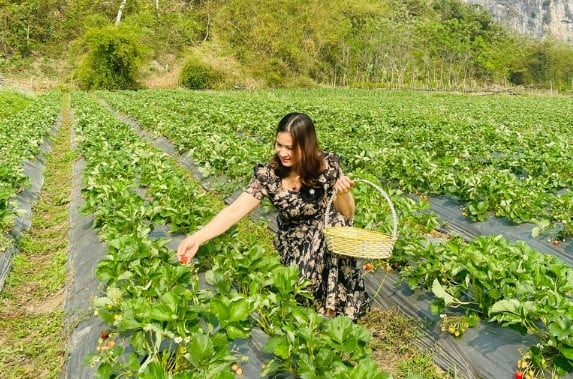

Comment (0)